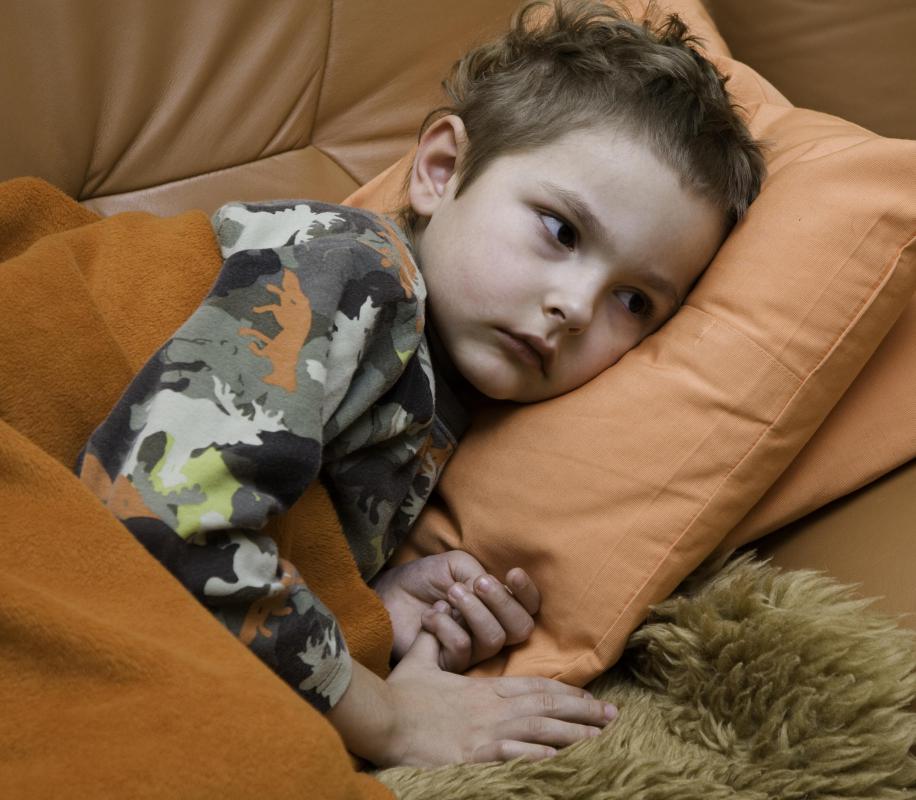At WiseGEEK, we're committed to delivering accurate, trustworthy information. Our expert-authored content is rigorously fact-checked and sourced from credible authorities. Discover how we uphold the highest standards in providing you with reliable knowledge.
What are the Different Techniques of Cognitive Behavioral Therapy?
There are a variety of techniques of Cognitive Behavioral Therapy (CBT). The techniques can be tailored to the problem being treated; for example, one technique might be used to treat depression, and another might be used to treat anxiety. Many techniques of cognitive behavioral therapy are used in conjunction with or with the guidance of a trained therapist or counselor.
Cognitive behavioral therapy posits that much of the reason people get depressed or anxious is not because of outside factors but because of the ways they think and behave and what they tell themselves. The things people tell themselves are often referred to as negative, or automatic, thoughts. They are ways of thinking that can be harmful to a person's mental health. The techniques of cognitive behavioral therapy support the belief that people can change the ways they think and behave and, in turn, the way they feel.

One of the techniques of CBT is writing in a journal. This can be linked to another technique, which is homework assignments. The idea behind writing in a journal is that if the patient writes down his or her thoughts about upsetting events in between therapy sessions and brings the journal to the following therapy session, the therapist and patient can work together to discuss some of the thoughts, feelings and strategies that are specific to the patient's situation.

Another one of the techniques of cognitive behavioral therapy is validity or reality testing. Using this technique, the patient recognizes his or her negative thoughts, then approaches the thoughts logically rather than emotionally. By doing this, the patient is able to see if the thoughts are valid or based in reality. Using this technique, the patient often sees that his or her thoughts are not realistic or valid. This is similar to the inductive method, in which the therapist and patient look at the facts about the negative thought.

Two techniques of cognitive behavioral therapy seem to be contradictory, but both have been shown to work. One is called aversive conditioning. This means that whenever the patient has a negative thought, a negative stimulus is introduced so that it is from then on associated with the negative thought. The idea is that this will cause the patient to quit having the negative thoughts in order to avoid the negative stimulus. Positive reinforcement is another technique that can be used, and when this technique is used, the patient is given positive feedback to encourage positive thoughts.

The main idea of cognitive behavioral therapy is that the therapist, rather than telling the patient what to do, tells the patient how to do it. As opposed to counseling by itself, therapists teach patients how to use self-counseling skills. Cognitive behavioral therapy has proven to be one of the quickest ways to get results from therapy because it is goal-oriented. It also is a practical, short-term approach.
AS FEATURED ON:
AS FEATURED ON:

















Discussion Comments
@raynbow- Writing out your thoughts in a journal is very therapeutic, especially for people who enjoy expressing their thoughts through writing. Putting words on paper helps many people clear their minds and put problems into perspective.
However, if your friend is having problems, she should not just start a journal. She needs to seek the help of a professional cognitive behavioral therapists who can help her get her anxiety symptoms under control and assist her with her journal writing. This will help her get the most therapeutic benefits from this type of treatment.
Does anyone have some thoughts about how effective it is for a person with an anxiety disorder to keep a journal? I have a friend who loves to write and is going through some hard time right now. I think that this might be the perfect type of cognitive behavioral therapy for her.
Post your comments